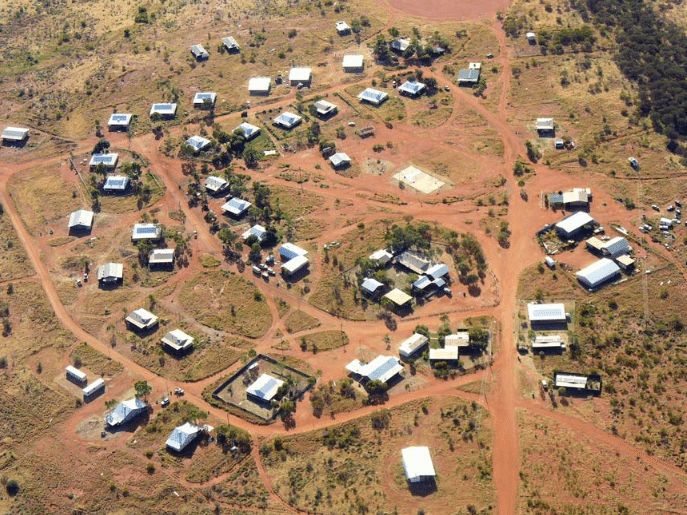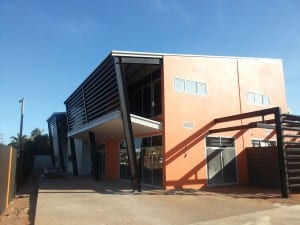
A West Australian indigenous not-for-profit that provides essential services to remote Aboriginal communities in the Pilbara has successfully gone off-grid, after installing a stand alone solar and storage plant to supply its electricity needs.
The Pilbara Meta Maya Regional Aboriginal Corporation revealed its plant to quit the grid in December last year, in the same week that the WA government called on state-owned utility Horizon Power to investigate renewables based micro-grids as a means of providing cheaper and more reliable power to regional areas.
The group said at the time that it had engaged EMC Solar Construction to design and build a 100kW solar PV power station with a 70kWh battery system and a 40kW diesel generator at its new home base in Wedgefield, Port Hedland – an independent power system that would generate and store 100 per cent of the electricity needs of PMMRAC’s offices, workshop and depot for a lower cost than could be provided by Horizon.

“EMC had been engaged to install a grid connect solar array at our new office and depot in Port Hedland, but due to constraints required by Horizon Power, the system was not financially viable,” said PMMRAC general manager Luke van Zeller.
“EMC were able to engineer and demonstrate that we would be better off installing a larger solar array connected to a large battery that would produce and store all of the energy we would need, and at a lower cost than our current Horizon tariff.”

EMC said this week that the “first of its kind” Power On Demand solar plant had now been succesfully commissioned, and was generating power for the PMMRAC HQ, the delivery of which was fully automated by EMC’s control system.
“PMMRAC can now effectively operate their business 100 per cent from solar power, free from the sun, thereby eliminating the ever increasing power bills, while at the same time recouping the project cost over the next five years,” EMC said in a release.
And operating their business effectively is important. PMMRAC provides essential services of power, water and wastewater across an area of 600km2 to 29 remote Indigenous communities.
Last month, WA energy minister Mike Nahan conceded that the state’s expansive power grid, based around fossil fuels and centralised generation – and a massive subsidy from the government that amounts to $600 million a year – was unsustainable under its current structure.
And he predicted that within a decade, rooftop solar would be on most household and business rooftops and would account for the bulk of daytime power demands, pushing coal generation out the door.
In the meantime, for those businesses like the PMMRAC who could not wait for costly regulator barriers to be removed, going off-grid remains an attractive option.
“We are seeing an increase in the number of energy consumers who are willing to take courageous steps to mitigate the arduous constraints that are being imposed on them by network operators,” said EMC CEO John Davidson in a statement on Tuesday.
“And we are gearing up to meet the very strong market demand that we are seeing for both off-grid and on-grid applications for solar energy storage.”

Sophie is editor of One Step Off The Grid and deputy editor of its sister site, Renew Economy. Sophie has been writing about clean energy for more than a decade.


